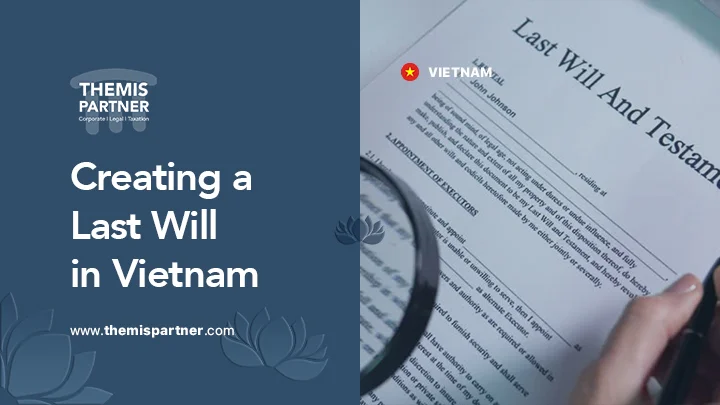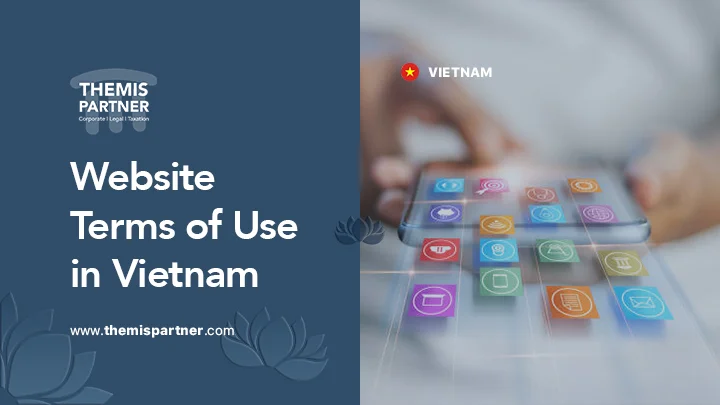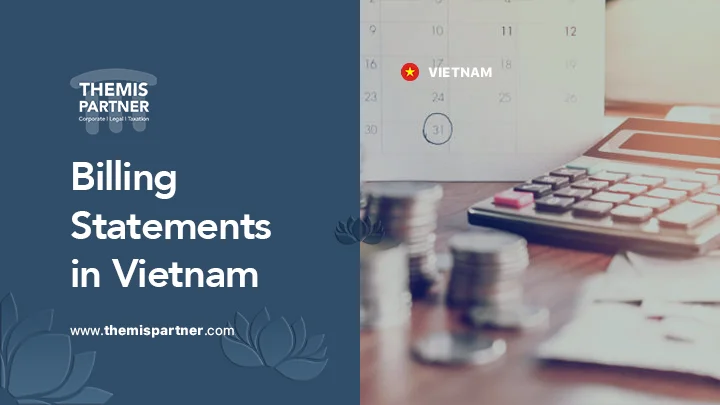Patent Filing is a critical aspect of Intellectual Property Protection, especially for new inventions and technological innovations. The process of filing for a patent involves several detailed steps:
Begin by drafting a comprehensive patent application that includes a detailed description of the invention, the claims defining the scope of protection, and any relevant drawings or diagrams. The description should clearly explain how the invention works and its advantages over existing technologies. This step is crucial as it forms the basis of your patent application.
File the completed patent application with the National Office of Intellectual Property (NOIP) in Vietnam. The NOIP is responsible for receiving and processing patent applications. You can access the NOIP’s online application system and find additional resources on their official website.
After submission, the NOIP will conduct a thorough examination of the patent application. This includes assessing the invention for novelty, inventive step, and industrial applicability. The examination process ensures that the invention meets all the legal requirements for patentability.
If the application satisfies all requirements, the NOIP will grant a patent. This gives you exclusive rights to the invention, allowing you to prevent others from making, using, or selling it without your permission.
Trademark registration is an essential process for protecting your brand and ensuring that your business identity remains unique. Here’s a step-by-step guide to registering a trademark in Vietnam:
1. Conduct a Trademark Search: Before filing your application, perform a comprehensive search to check for existing trademarks that might be similar to yours. This step helps avoid potential conflicts and ensures that your trademark is distinct and eligible for registration. Read Protecting Your Brand Name in Vietnam for brand protection strategies.
2. File an Application: Submit your trademark application to the NOIP, including all required information such as the trademark representation, a list of goods or services associated with the trademark, and the applicant’s details. Accurate and complete information is crucial for a smooth registration process.
3. Review and Examination: The NOIP will review your application to ensure it complies with trademark laws. This includes checking for any similarities with existing trademarks and assessing whether the mark meets the criteria for distinctiveness and non-deceptiveness.
4. Publication and Opposition: Once the examination is complete, the trademark will be published in the Industrial Property Official Gazette. During this period, third parties can file oppositions if they believe the trademark infringes on their rights.
5. Registration: If no oppositions are filed or if they are resolved, the NOIP will grant the trademark registration. You will receive a certificate of registration, giving you exclusive rights to use the trademark in connection with the specified goods or services. Secure your IP with our Trademark Registration guide.
Copyright Protection is essential for safeguarding original works of authorship, including literary, artistic, and musical creations. Here’s how you can protect your creative works:
Creation: Copyright protection arises automatically when a work is created and fixed in a tangible form. This means that once you write a book, compose a piece of music, or create a painting, your work is protected by copyright law without the need for registration.
Registration: Although copyright protection is automatic, registering your work with the NOIP can provide additional benefits. Registration creates a public record of your copyright and enhances your ability to enforce your rights in case of infringement. You can find information on registering copyrights on the NOIP’s Website.
Enforcement: If someone uses your copyrighted work without permission, you have the right to take legal action against them. This can include filing a complaint with the NOIP, seeking damages, or pursuing other legal remedies to protect your work.
Here’s an expanded overview of the different types of Intellectual Property Protection available in Vietnam:
Securing Intellectual Property Protection is vital for establishing ownership of your intellectual assets and ensuring that your innovations and creative works are not exploited by others. This protection not only helps maintain your competitive edge but also adds value to your business. Intellectual Property Protection can enhance your market position and provide a strong legal foundation for enforcing your rights and seeking redress in case of infringement.










